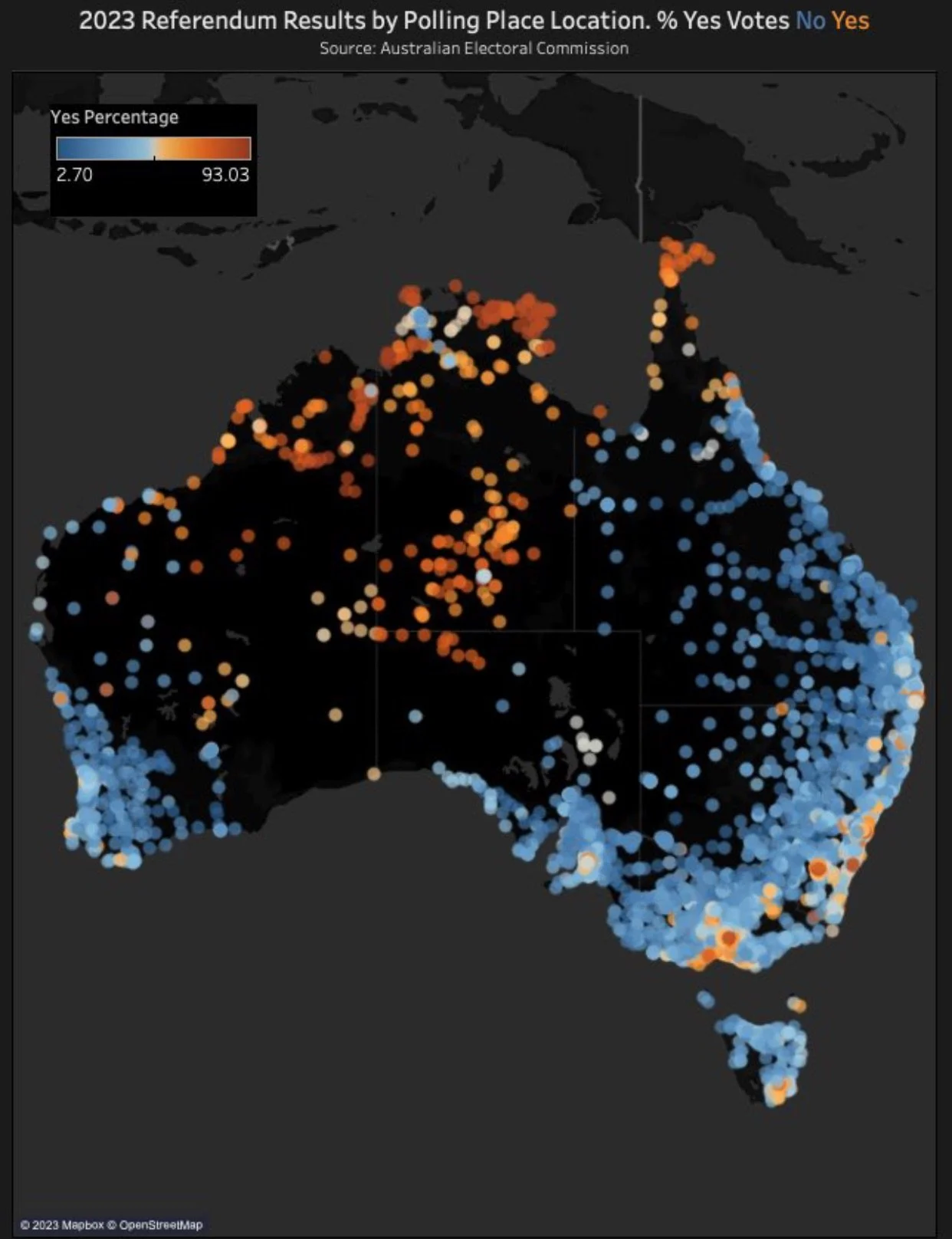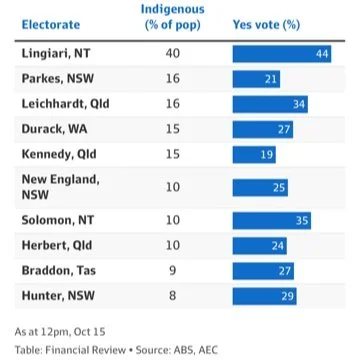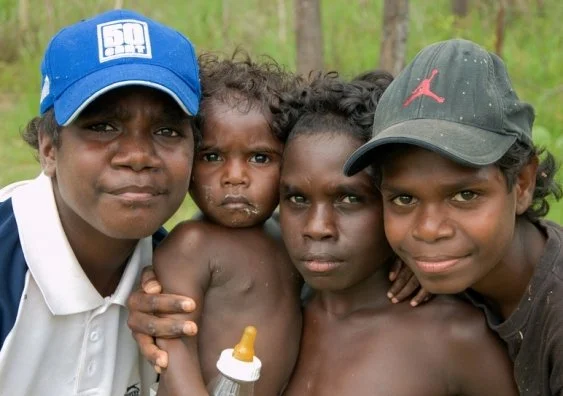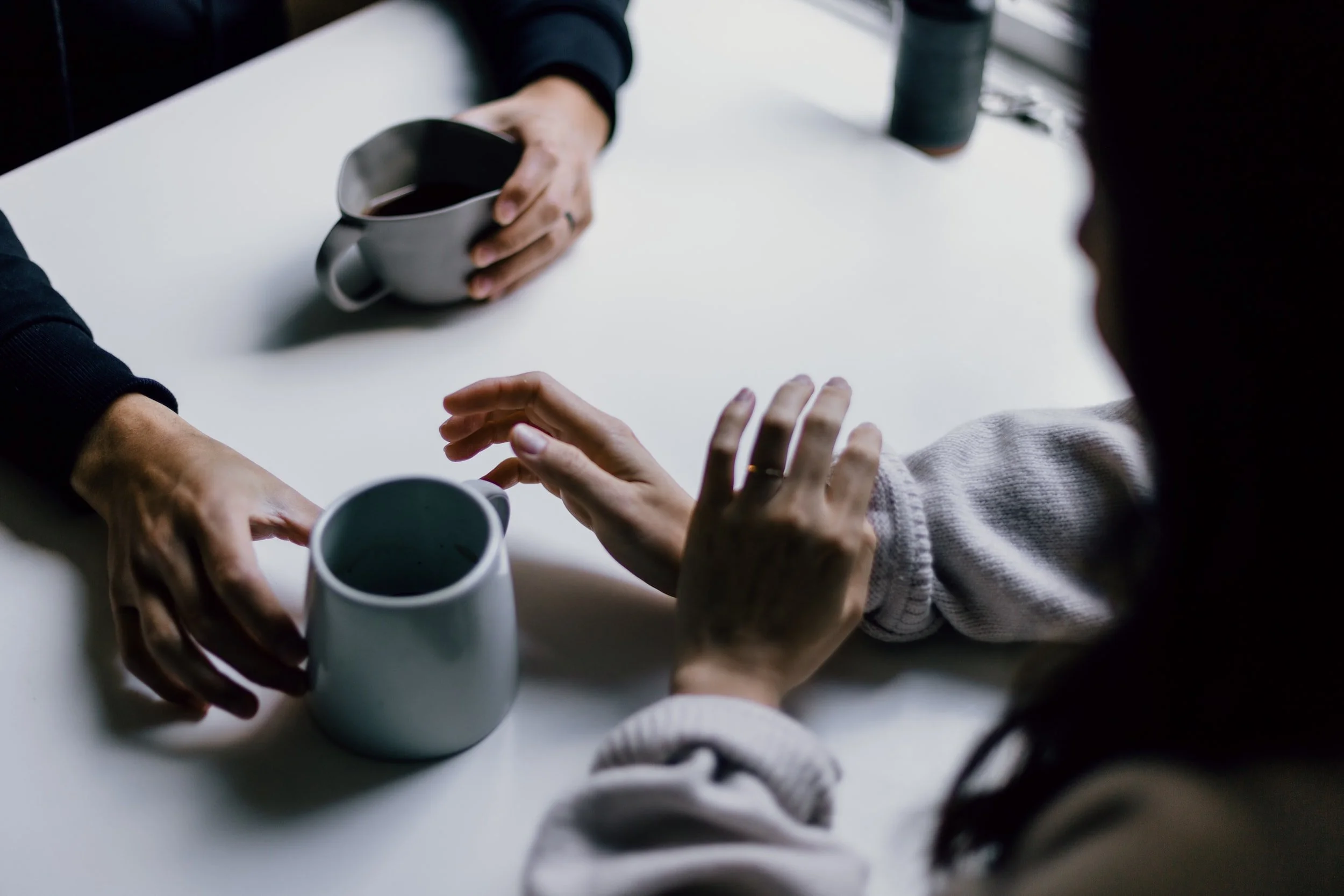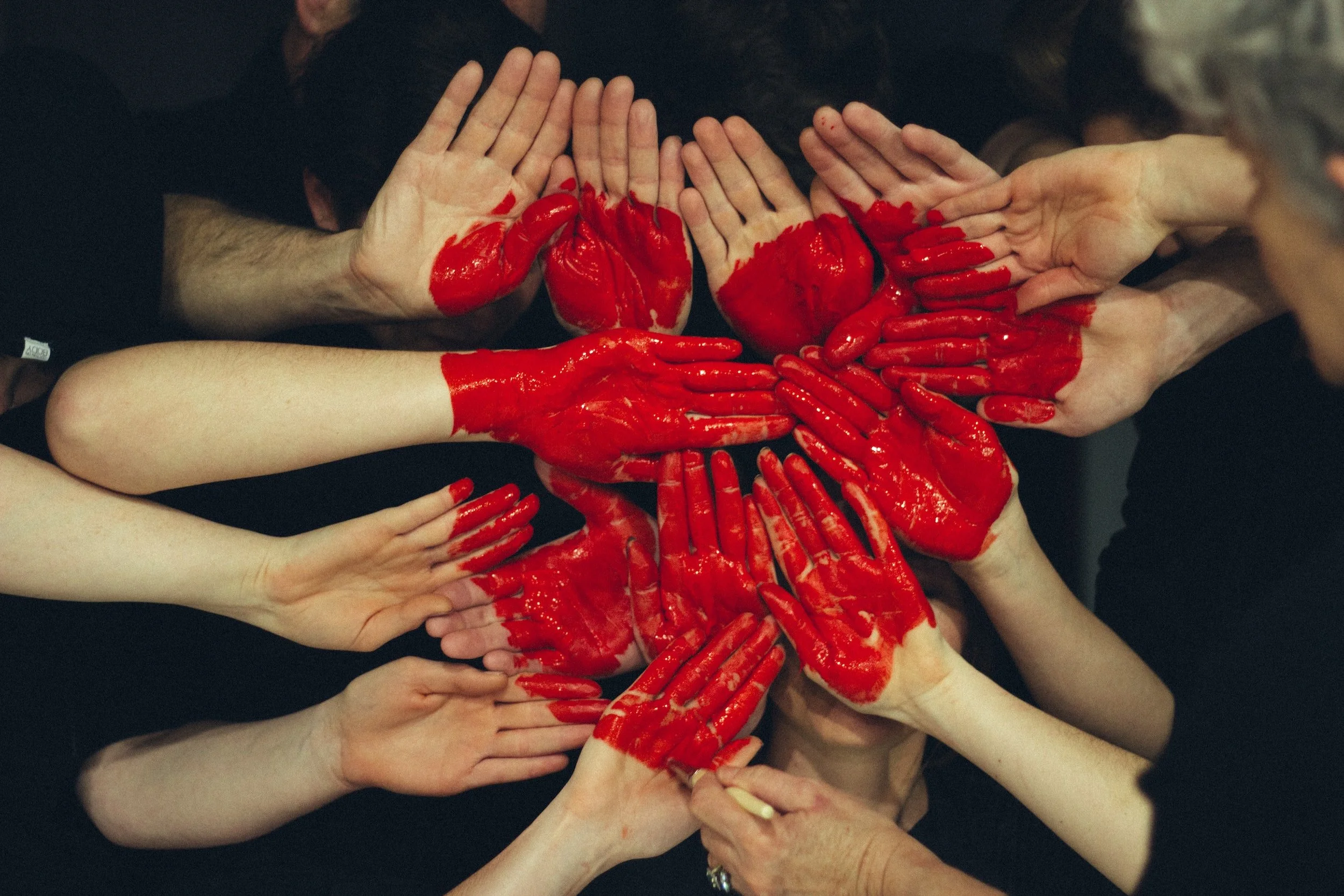

The Voice: Frequently Asked Questions

Our very sincere and sad thoughts are with all our First Nations people and their allies, who worked so hard to offer a brighter future and a Voice.
We had hoped this would be a moment for Australia to come together and create a future which offered the best of our past and the brightest of our future.
Whilst we know this is not the end of a 235 year long journey for recognition, one which is filled with heartbreak and pain, we are devastated that we gave hope and that it has been once again dashed.
We know people are suffering and in pain, and for that we are so very sorry.
Below are just some of the reports we’ve received about what occurred and what our Indigenous people wanted.
History is Calling
Why do we need The Voice?
Below are reputable resources to help you make an informed decision about “The Voice”.
There’s a lot of information out there about Australia’s upcoming Referendum to give First Nations people Constitutional Recognition. Sadly not all of it is truthful, so the goal of this page is to make it easy to find reputable information about the key topics.
The Mechanics of The Voice
Summarises the legal framework, the yes and the no arguments in 13 minutes
Why does there need to be a Referendum? How does a Referendum Work?
What is the question Australians will be asked to vote on?
What would The Voice look like and how will it Operate?
Why elected Indigenous Parliamentary representatives aren’t sufficient.
How will The Voice make a difference?
What happens if the Government decides against The Voice’s advice?
Why does The Voice come before Treaty?
“You hold the future of our children in your hands.”
— Semara Jose
Examples of the Life Experiences of Australia’s First Nation’s People
Today is National Sorry Day: why should I apologise?
Despite the bleak reality, community leaders in Halls Creek are striving for a brighter future.
Contributing factors to high rates of First Nations Incarceration
A Deeper Dive: the pros and cons
A little more depth about the mechanics of The Voice to Parliament
Two Sides of the Debate in a Nutshell
The Views for and against The Voice from our 11 Indigenous parliamentarians
10 Myths and Misconceptions about The Voice
The Case for Voting No (Australian Financial Review)
Some “No” Myths Debunked (Thomas Mayo)
Australia’s Human Rights Record and Why The Voice Matters
Close the Gap Report (page 47+) for the current progress on key targets
Social Inclusion for Aboriginal and Torres Strait Islander People
Zali Steggall’s Panel Discussion: with Dean Parkin (Yes23); Semara Jose (Deadly Inspiring Youth Doing Good); Tony McAvoy SC (Barrister)
WORKPLACE RESOURCES
The Meaning in a Name: a guide to respectful names for First Nations people and their history
DCA’s Panel Discussion: guidance for Workplaces: with Thomas Mayo, Ming Long AM; Jason Mifsud and Jade Ritchie covering:
Why corporate Australia should support a Voice to Parliament,
How organisations can get involved in the Yes! Campaign for the Voice,
How individuals can be advocates while also supporting Indigenous self-determination,
Ways to support your Aboriginal and Torres Strait Islander employees during the campaign.
WHAT CAN YOU DO TO SUPPORT THE VOICE?
Curious Connections
Here’s a Guide to talking about The Voice
Listen with empathy
Seek to understand
Share your understanding
Host a Kitchen Table Conversation
Disclosure Statement - we at I LEAD Consulting will be voting YES. Whilst the mechanics of The Voice may change over decades - we believe in our hearts, Australia’s First Nations People deserve to be recognised in The Australian Constitution, now and in perpetuity. We also believe, to create equity in Australia, Indigenous Voices need to be heard and included at the time of the making of Government policy, a Voice mandated by the Australia People, will ensure this gap is filled in the future.
Dial a Guide to host a Curious Conversation at your Workplace or in your Community
In response to requests for someone to host a curious conversation, we are offering pro-bono presentations on a Friday (or with a donation to Yes23 on any day) to workplaces or community organisations.
We are not experts, lawyers or indigenous people, we are allies and advocates who believe everyone should have access to reputable information about the Journey to The Voice and how it will help Close the Gap for Australia’s First Nations’ Peoples.
It makes a BIG Difference when First Nations People have a Voice in their Communities
-

Youth Koori Court
Dubbo is the 1st regional Youth Koori Court which provides wrap-around services to support youth in creating a positive and productive life, within their communities
-

Australia’s successful Covid response
Indigenous people are particularly at risk in pandemics. The history of interactions with western health systems means they have very low trust. Here’s how communities created their own solutions and saved lives.
-

Policing
Indigenous youth are 26 times more likely to be imprisoned and adults 12 times more likely. Due to the history of their experiences with police, they have very low trust. Learn more about culturally sensitive policing.
-

Indigenous Designed Health Programs
Community controlled programs are achieving outcomes 2.3x faster and have halved preterm birth rates demonstrating what is possible when Aboriginal people have a voice in relation to programs that affect them.
Build Better Belonging - for us all
How socially inclusive are Australians? a perspective from Monash University research

